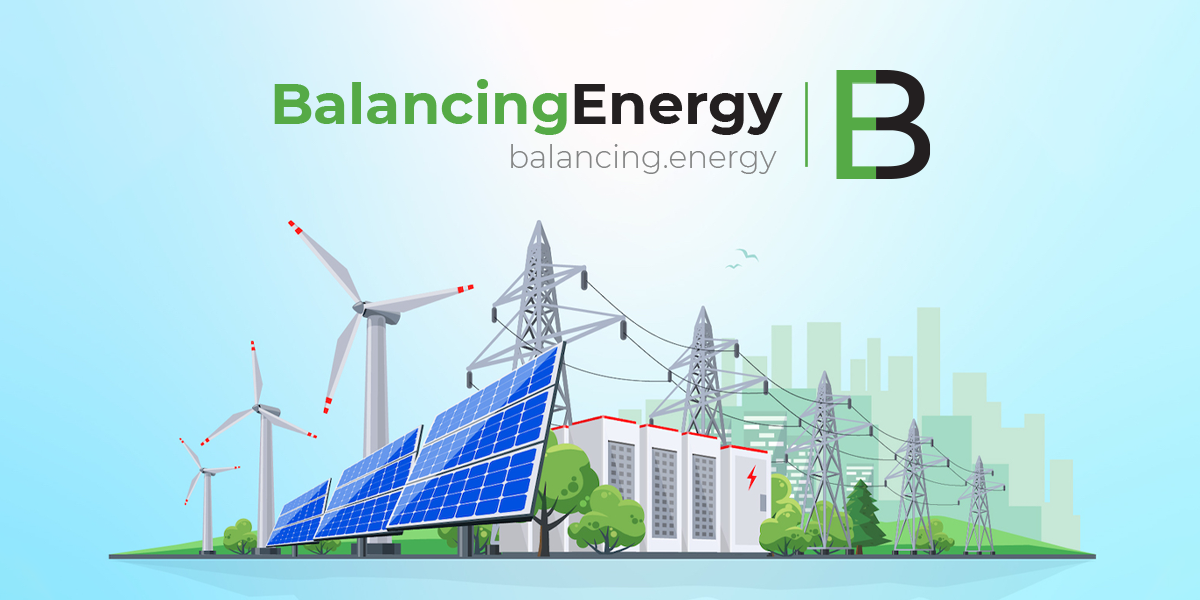Serbian transmission system operator Elektromreža Srbije (EMS) has received a grant of €8.5 million for the construction of the fourth section of the Trans-Balkan Electricity Corridor. The grant will accelerate the completion of the project, which aims to connect the energy systems of Bulgaria, Hungary, Romania, Serbia, Bosnia and Herzegovina (BiH) and Montenegro. The construction of the Trans-Balkan Electricity Corridor is a project of exceptional regional interest that improves network reliability and stability, ensures high quality connections for transmission system users, and facilitates the integration of renewable energy sources.
Jelena Matejić, Director of EMS, said that the grant awarded by the European Union under the Western Balkans Investment Framework (WBIF) is an important step in the development of the fourth section of the Trans-Balkan Electricity Corridor. The Trans-Balkan corridor, which the EMS director has called the biggest in EMS history, is worth €200 million, with two sections completed so far, while construction of a third is due to start next year.
Fourth section of the Trans-Balkan Corridor
The fourth section of the Trans-Balkan Corridor involves the construction of a 400 kV interconnecting transmission line from the Bajina Bašta substation to the borders with BiH and Montenegro. Work is expected to start in the first half of 2025 and be completed in 2027, EMS representatives say.
Jelena Matejić underlined the importance of the corridor for Serbia, the region and the European Union and recalled that a loan agreement for the financing of the fourth section was signed on December 30, 2022, with the German development bank KfW in the amount of €30 million.
The project is also important for the construction of the pumped storage hydropower plant RHE Bistrica, and additional investments in the transmission system are also planned – the construction of the Pannonian corridor through Vojvodina and the strengthening of the network in central Serbia and interconnections with Bulgaria and BiH.
High voltage grid between Serbia and Montenegro
In April 2021, representatives of Serbia and Montenegro signed a Memorandum of Understanding in Belgrade to build a high-voltage grid on the Trans-Balkan Corridor for electricity transmission.
Subsequently, in August 2022, the European Union approved €223.7 million in non-reimbursable funds for Serbia for the implementation of seven projects, one of which is the Trans-Balkan corridor for energy interconnection between Serbia, Montenegro and BiH.
Romanian-Serbian projects of common interest
This project is extremely important also for the Romanian energy system, as it allows the integration of production from wind power plants (about 1000 MW installed) planned in the south-west of Romania and in the north-east of Serbia, as well as from the existing Iron Gates (Romania) and Djerdap (Serbia) hydropower plants.
The Romanian-Serbian projects of common interest are: 400 kV d.c. OHL Resita (Romania) – Pančevo (Serbia); 400 kV OHL Iron Gates – Resita and extension of the 220/110 kV Resita substation through the construction of the new 400 kV substation; upgrading to 400 kV of the 220 kV OHL d.c. Resita -Timisoara – Sacalaz – Arad, including the construction of the 400 kV substations Timisoara and Sacalaz.
Resita – Pančevo interconnection completed
In May 2018, Transelectrica completed the 400 kV Resita – Pančevo interconnection line, a section of the Trans-Balkan Corridor, with an investment of RON 81.5 million. Its realisation allows the elimination of major congestion in the area of the two power systems, Romanian and Serbian, as well as the increase of transfer capacity between Romania and Serbia and in the whole South-East Europe area. By making this investment, Romania has reached its mandatory European interconnectivity target of 10% by 2020. The Romanian section of the 400 kV OHL Resita – Pančevo line is a double-circuit version and crosses 11 localities in Caras-Severin County. It is 63 kilometres long in Romania and 68 kilometres in Serbia.










